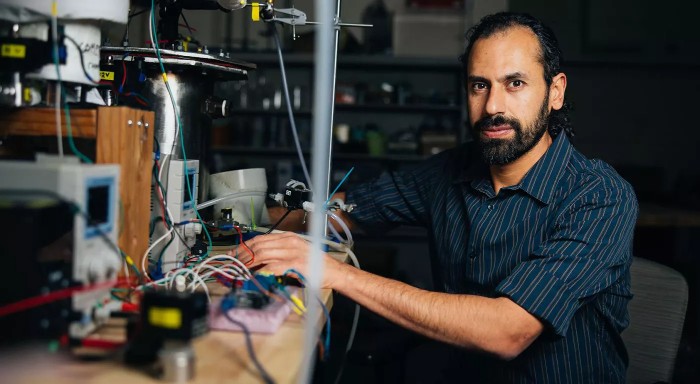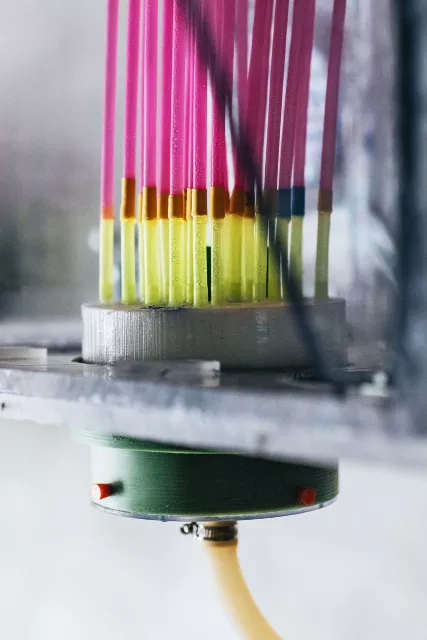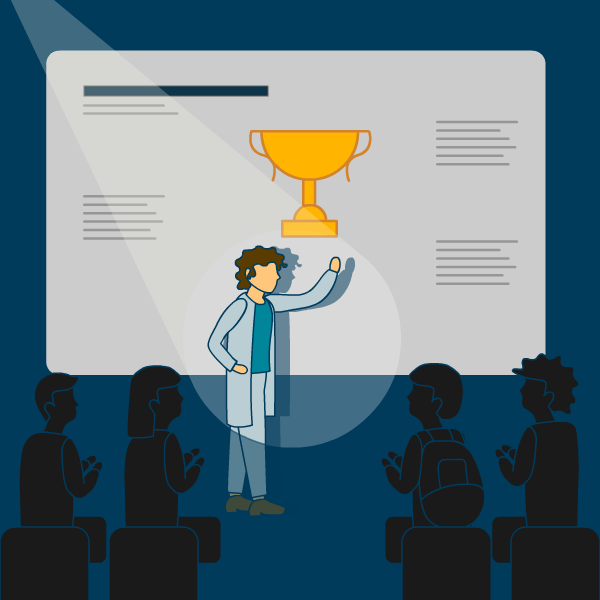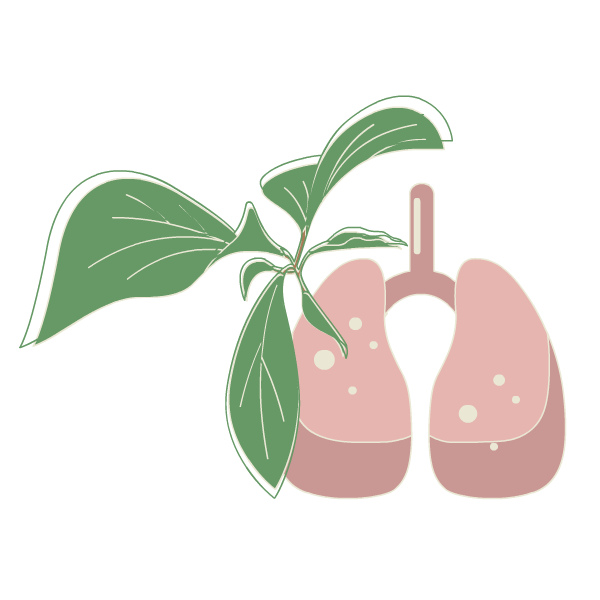About 71% of the Earth’s surface is covered by water, but according to National Geographic, “more than 99% of that water is unusable by humans and many other living things.”
The idea of turning the world’s abundant saltwater into fresh, drinkable water is old news. As in going back to the fourth century B.C. Today, there are thousands of desalination plants in 150 countries producing almost 30 billion gallons of fresh water every day.

But that’s just a drop in the proverbial bucket. What’s more, desalination is energy intensive and expensive — about $3 to $4 per 1,000 gallons, a cost much higher than options like stormwater recovery and water recycling.
As with any tough challenge, a better solution for turning saltwater into freshwater has to be out there. Bahman Abbasi, an associate professor at OSU-Cascades, has found one. And in the process, he’s made two more important breakthroughs.
The College of Engineering chronicled Abbasi’s research and its evolution in Season 12 of its podcast series, Engineering Out Loud. He’s patented two technologies that use high-speed air jets to atomize and evaporate incoming saltwater. This humidification-dehumidification process can run on solar power and requires no complex infrastructure. It’s economical, scalable and portable.
And as it turns out, versatile.
Unlike other desalination methods that produce brine, Abbasi’s technology leaves only clean water and solid salts — salts with commercial value like magnesium chloride, the base material for magnesium metals. Running concentrated brines through the humidification-dehumidification process can also extract high-value lithium salts — the increasingly scarce metal used in rechargeable batteries that power everything from smartphones to electric vehicles. Compared to mining, this is “a sustainable and responsible way to extract lithium,” Abbasi says
Getting the water out of wastewater
Abbasi’s breakthroughs in desalination and extracting valuable salts also led to a new solution for treating wastewater — one that turns the conventional approach on its head.
Wastewater from oil and gas drilling, mining, pharmaceuticals and agriculture is loaded with all kinds of contaminants, many of which are hard to separate, Abbasi says. So rather than trying to get all of the contaminants out of the water, his process extracts a single compound: the water.
Similar to the desalination process, Abbasi’s system uses thin film evaporation to extract the water molecules and light volatile contaminants, leaving behind all the salts and heavy contaminants that don't evaporate easily. Then, by carefully modulating the temperature, only the water condenses back into liquid form. The volatiles remain in a gaseous phase and are ejected from the system. Abbasi envisions this process could be used in a closed-loop system that cleans and reuses the same water, eliminating the need to constantly draw from scant resources in arid regions like the Permian Basin in Texas.
Students advance research — and their futures
Abbasi notes that students have contributed vital work to move these breakthroughs forward. Since the start of the project, Abbasi’s lab has included four Ph.D. students, six master’s, three postdoctoral scholars and 19 undergraduates from seven countries — bringing diverse approaches to problem-solving.
“None of this would've happened without them,” Abbasi says. “And I hope that they realize how valuable their efforts have been.”
He also sees the students’ experience as a pillar of their education and preparation to join the workforce.
“They develop their own skill set, they get knowledge, they get confidence, and they start charting their own path,” he says. Several graduates of the lab are now working in industry and in academia.

Scaling up from the lab to the real world
Abbasi’s research in desalination, lithium extraction and wastewater treatment technologies has received more than $9 million in funding from the U.S. Department of Energy, the Department of Defense, the state of Oregon and private investors, and grant applications are pending with other federal agencies. His startup company — Espiku — is developing commercial applications for all three systems.
Following a sabbatical, Abbasi is transferring to Corvallis when he returns to Oregon State this fall. He’s used this time and grant funding to test prototypes and control systems, scaling up the technologies to prove they can perform reliably in real-world applications. One prototype for the desalination system is planned at the university’s Hatfield Marine Science Center on the Oregon Coast.
Abbasi has also been working to secure additional funding to get his startup company through what’s known as the “valley of death” where funding runs out during the prototype and testing phase before commercial products are ready for paying customers. The goal is for Espiku to commercialize its technologies within five years.
Abbasi and Espiku recently received a significant boost to support that goal: a $500,000 grant from Breakthrough Energy. The organization was founded by Bill Gates to accelerate innovations in sustainable energy and help combat climate change. Abbasi was chosen as a 2024 Breakthrough Energy Fellow for his lithium extraction technology. In addition to funding, the program connects fellows with industry leaders, scientists and policy experts and provides guidance on the path to commercialization, including regulatory requirements, market access and scaling solutions.
Commercial applications for Abbasi’s desalination process include an add-on to existing desalination plants, processing the concentrated brine that would otherwise be expensive to dispose of. In military applications, the technology can be deployed at both permanent bases and for expeditionary forces needing a portable unit to provide clean water. That portability also makes it ideal for humanitarian uses such as in refugee camps or communities after a natural disaster.
“Load it up, deploy it, and it’s good to go,” Abbasi says.
Espiku means “the white mountain” in Luri, the language Abbasi grew up speaking in western Iran. He’s been driven in part by his experience in that arid landscape to make sure people around the world have access to clean water.
That his original breakthrough solved additional tough challenges is a bonus.



